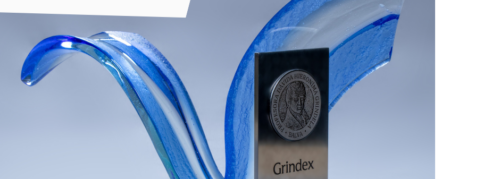JSC Grindeks informs that on September 9 in Montreal, Canada at the invitation of the World Anti-Doping Agency representatives of the company met with the Agency’s management officials to discuss the possible exclusion of the medication Mildronate® (meldonium) from the List of Prohibited Substances for athletes consumption.
The Latvian side in Canada was represented by JSC Grindeks Chairman of the Board Juris Bundulis, Chairman of the Scientific Council of the Institute of Organic Synthesis, Academician Ivars Kalvins, Grindeks Department of Research and Development experts. Dr. Olivier Rabin, Science Director of World Anti-Doping Agency, Deputy Director Dr. Osquel Barroso and other experts also participated in the meeting.
During the discussion the parties came to a common understanding and agreed on further cooperation. The parties unanimously acknowledged the interest in prevention malicious and medically unjustified use of the drug.
JSC Grindeks will continue scientific justification and putting forward arguments in favor of exclusion of the medication Mildronate® (meldonium) from the List of Prohibited Substances for athletes consumption.
JSC Grindeks Chairman of the Board Juris Bundulis: “JSC Grindeks and the World Anti-Doping Agency have agreed on further cooperation. During the meeting we managed to find a common denominator, however, some things we view differently. We are confident and ready for the arguments in favor of the exclusion of Mildronate® from the List of Prohibited Substances for athletes consumption. Grindeks wants our original drug to be available for patients who need it, including athletes. In any case, JSC Grindeks is strongly against medically unjustified and malicious use of the drug.”
About medication Mildronate®
Mildronate® is a registered trademark of JSC Grindeks. Its active pharmaceutical ingredient (or active substance) is meldonium (international nonproprietary name), which is responsible for the pharmacological and therapeutic effects of the medication Mildronate®.
Mildronate® is widely used in clinical practice. In the period of high loads it restores oxygen balance in tissue cells and activates metabolic processes that require less oxygen consumption for energy production.


